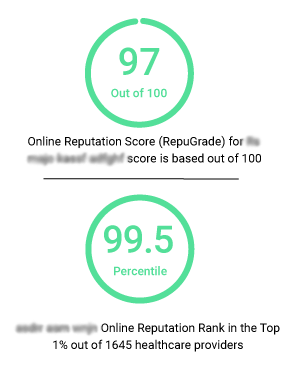How to Fix a Poor Website Information Architecture

It's a critical component of nearly every website ever built. It directly affects the user experience. And most people don't think about it--until it doesn't work.
It's the information architecture, and when it's broken or not well-thought out, people visiting your website can't find what they're looking for.
Poor Information Architecture: The Causes When website navigation isn't intuitive, easy to find or missing altogether, there's usually one cause: poor planning.
There are essential steps that must be followed to make sure a website is built correctly, and one of those steps is the process of content categorization, which involves arranging elements of the website into groups or categories based on business objectives, user needs and content.
This process allows web producers, content managers and designers to work together to ensure that the global and relative navigation works with the copy, content and design. When the process is skipped--either due to a lack of understanding of the process, a lack of resources or a lack of time, the end result is broken information architecture.
Content Categorization: Where to Start There are many ways you can categorize your content, but industry-best practices focus on five areas: task, product category, user, location and date.
Which structure works best for your website depends on what it is you're trying to accomplish:
-
Websites organized by task guide users to specific activities, or tasks, that the users have come to the website to complete. They are very functional, well-organized and incredibly easy to use.
-
Websites organized by product category are all about information. They are structured to allow users to easily search for and find information on a wide variety of topics that are all somewhat related to one another.
-
Websites organized by user often have one basic layout but allow users to personalize the look and navigation so the things that are most important to them are at the top of the page.
-
Websites organized by date are organized in chronological order--the most recent content is the first things users see.
As you can see content categorization starts early in the design process.
Related: Website Design and Internet Strategy
Comments are closed

